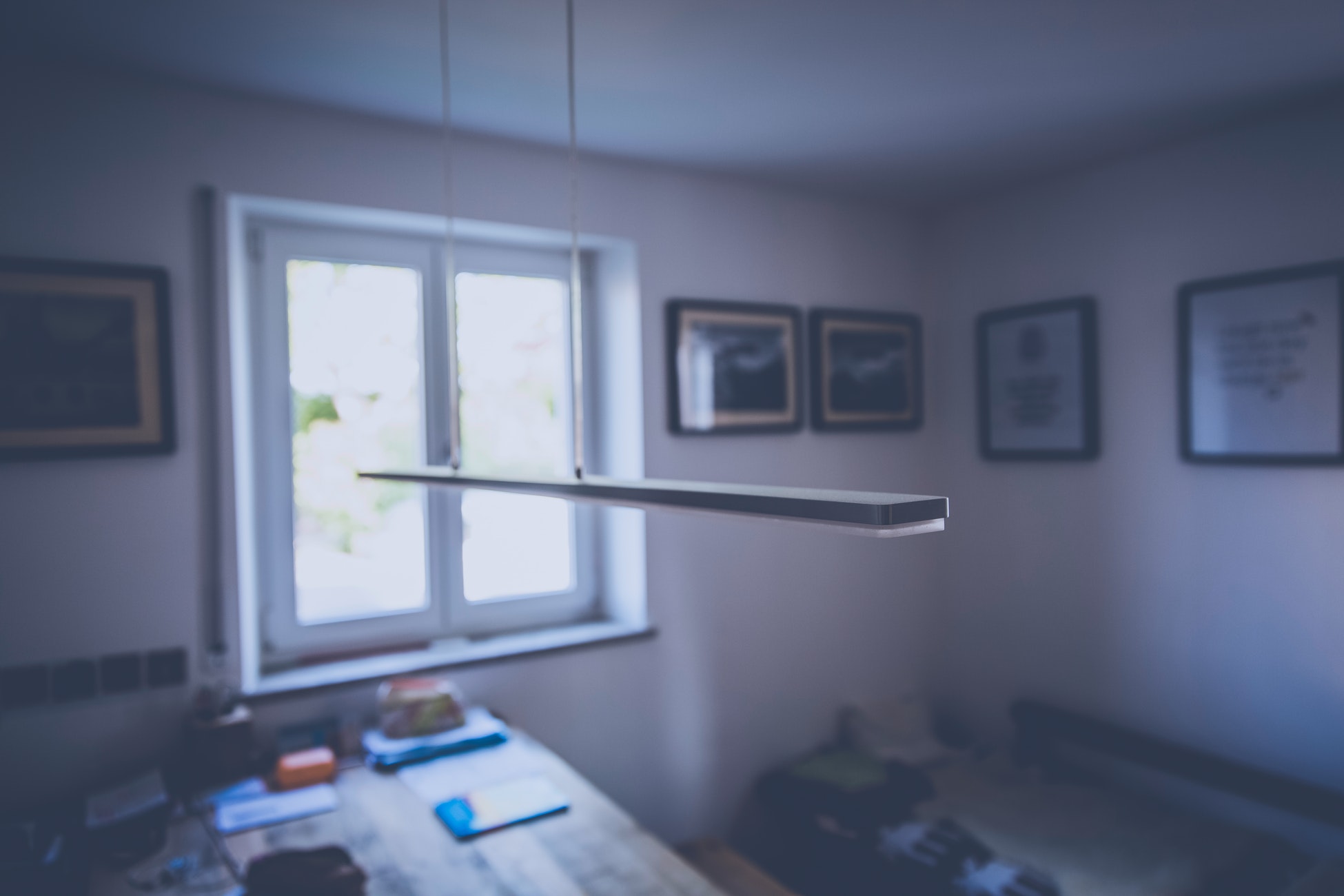Sometimes no matter how careful you are at working with drywall mud, blisters and air bubbles seem to appear. This can be a problem, not only aesthetically, but it can cause your drywall to deteriorate more easily. But, if you understand what causes it and learn how to prevent bubbles in drywall mud, you save yourself from stress and hundreds of dollars in unnecessary expenses.
What Causes Bubbles in Drywall Mud?
AsktheBuilder says that the bubbles or blisters in drywall from under paper drywall tape. This happens because too much joint compound was scraped from under that tape. More specifically, there is a lack of joint compound between the tape and the surface of the drywall. Sometimes a lot of newbies make the mistake of taking off too much of the compound underneath the tape.

Also, if people press the taping knife too hard, the tape snaps into to. Air bubbles start to form on the second coat when the tape absorbs the moisture during the second application of the joint compound. During that time of coating, the paper tape would swell which means that there isn’t any adhesive to hold the tape flat.
Another thing is, drywall blisters can also mean that the finisher is defective. It is also possible that the pre-mixed joint compound in that certain bucket is defective. If that product was fresh and not frozen when it was purchased, then there should not have been any problems. To test if the product is a good batch, try spreading a one-eighth-inch patch on some dust-free drywall and let it dry. If it is difficult to remove this with a scraping tool, then you know that there are no problems with the product.

How to Prevent Bubbles in Drywall Mud
Preventing bubbles in drywall mud starts with understanding that these pre-mixed joint compounds are advanced water-based adhesives that are mixed with finely ground solids which give them body and mass. So, preventing bubbles begins with proper mixing.
Remember that once the compound is mixed, it should resemble smooth warm cake icing.
It should flow out of the bowl or pan easily. The trick to achieving pro results takes a lot of attention to detail and hand-eye coordination. You also need tools to get the right consistency. When working with drywall, use the correct knife, in this case, the 5-inch wide flexible taping knife is best. Use this knife to apply a generous amount of mud, until a quarter inch thick, to the drywall seam surface. Be sure to round off the corners to avoid tearing the corner tape.

How to Fix Bubbles in Drywall Mud: Pro-Tips
You now know that the common reason for air bubbles appearing under drywall tape is poor installation, you can find comfort in knowing that there are ways to fix this before you finish the joint. SFGate Home Guides gives a walkthrough to this process
The first thing to do is to make a cut just above and below the bubbled section. Use a utility knife and remove the tape between the cuts. You can remove the entire tape if the blisters are present all throughout. Second, mix the drywall compound to a creamy consistency. Apply a layer of the compound to the joint or area below the removed tape. Be sure this layer is a bit wider than the width of the tape. Next, tear a piece of drywall tape to fit the required length. Center the tape over the area and then place it on the drywall compound.
Once that is done, hold the top edge of the tape and pull the drywall knife down the tape. Press evenly, making sure to embed the tape into the compound, removing any air bubbles. Let this dry before going to the next step. The last thing to do once dried is to dip the long edge of an 8-inch drywall trowel in the compound. Apply a one-sixteenth inch layer of compound over the strip of drywall tape. Allow this to dry and then repeat one more time. Sand the area after the drywall compound is completely dry. You will want to create a smooth surface for painting.
Knowing how to prevent bubbles in drywall mud prevents you from ending up with a sloppy finishing job. Even if working with drywall can be a painstaking and fussy, doing it right brings the best results. With attention to detail, you can create a flawless finish.

